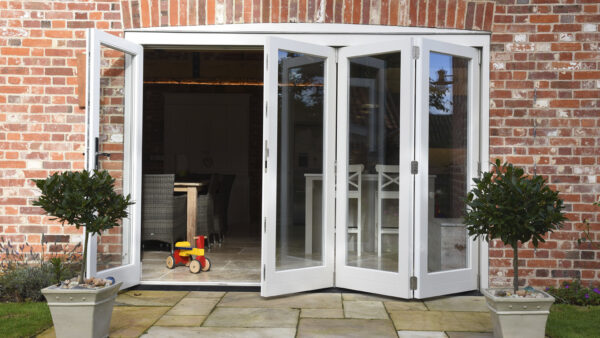
This potential removal of national classes from Approved Document B and equivalents would have serious repercussions across the ironmongery and fire door industry. To give some background, ADB currently states that the performance of all fire doorsets should be based on one of the following:
– BS 476-22 (with fire doors being classified as the likes of an FD30)
– Classified in accordance with EN 13501-2 and tested to the relevant European method such as EN 1634 1. An example of a relevant classification for fire doors would be E30.
Under the new proposal the only classification permitted would be the second option with BS 476 22 no longer being accepted. (although Ireland would accept this on existing buildings)
In respect of the architectural ironmonger this could have the following impacts: Product would have to have test evidence to EN 1634-1 AND be included within the door manufacturers extended field of application (EXAP) scope under the European standards EN 15269 2 or EN 15269 3. EXAP standards are the only EN standards allowed to go beyond the fire test standard to extend the number of third party approved applications. EXAPs are a rigid conservative system with no room for assessments as permitted under BS 476 22. These EXAP rules are also much narrower than the current status quo of BS 476 22 test evidence or assessment and are specific to an individual door type/ specification eg door type with specific core.
Each door type/core will require its own set of EXAP rules as these are not transferable, therefore, if you are specifying a product that does not have correct test evidence to EN 1634-1 or it falls outside the EXAP scope for specific doorset, then your product will not be permitted, and an alternative will need to be sought unless there is a desire to have the product tested. This will make it much more difficult to specify at the early stages when the door manufacturer has not been selected as yet. It could put more onus on the door manufacturer to specify hardware as they will have greater awareness of what is included either within their test evidence or within their EXAPs. It is also likely to change the relationship between doormanufacturer and architectural ironmonger.
In respect of the door hardware manufacturer it could mean:
The role of the current assessments used for door hardware would change under the new system. Under the current rules it is not generally required to test hardware from both directions but under EN 1634 1 DIAP rules, this would no longer be the case and restraining hardware such as hinges and locks etc would need to be tested from both directions. This would increase testing costs for hardware manufacturers and suppliers.
Further administration would also be required as each time a change in product scope is requested, the hardware manufacturer must apply to the doorset manufacturer in order to have the product included on their EXAP report.
This will make it much more difficult to specify at the early stages when the door manufacturer has not been selected
Douglas masterson
This could affect the timber fire door manufacturer as follows:
It is the current situation that the standard for internal fire doorsets EN 14351 2 is not harmonised therefore there is no mandatory requirement to test to EN 1634-1 in UK. There is a therefore a huge amount of existing fire test evidence to BS 476 22 which would effectively be of no further
use as this would no longer be acceptable under the new EN classification proposal. This would mean a huge increase in testing costs as door manufacturers would need to test their doors to EN 1634-1 in order to receive the classification required under EN13501-2 eg E30,E60. Extra testing would also be required for industry to have same level of scope enhancement as currently exists under BS 476 22.
This could also drive the industry further towards standardised restricted door sets and less towards door assemblies where more variation is permitted. It should also be noted that timber doors which currently pass under BS 476 22 may not pass the EN 1634 1 test which is a more onerous test. This could mean further costs being borne in order to re-engineer specifications in order to pass the EN 1634-1 test.
The proposed changes could have further impacts across the industry including potential revision on key British Standards which feature BS 476 22 heavily including BS 9991, BS 9999 and BS 8214. It would also affect existing third party certification schemes for both hardware and doors which have existing assessments under BS 476 22. Under the consultation these would no longer be accepted therefore new scheme rules would need to be written under EN 1634-1.
GAI has responded to the Government Consultation: see www.gai.org.uk/ advocacy. Further detail can also be found in the GAI Technical Briefing 38 ‘Guidance on Approved Document B Consultation’ on gai.org.uk/knowledge.
An online quiz based on this feature
is available on the GAI Learning Hub. Completion of the quiz is worth one CPD point. https://tinyurl.com/2bfh9326








